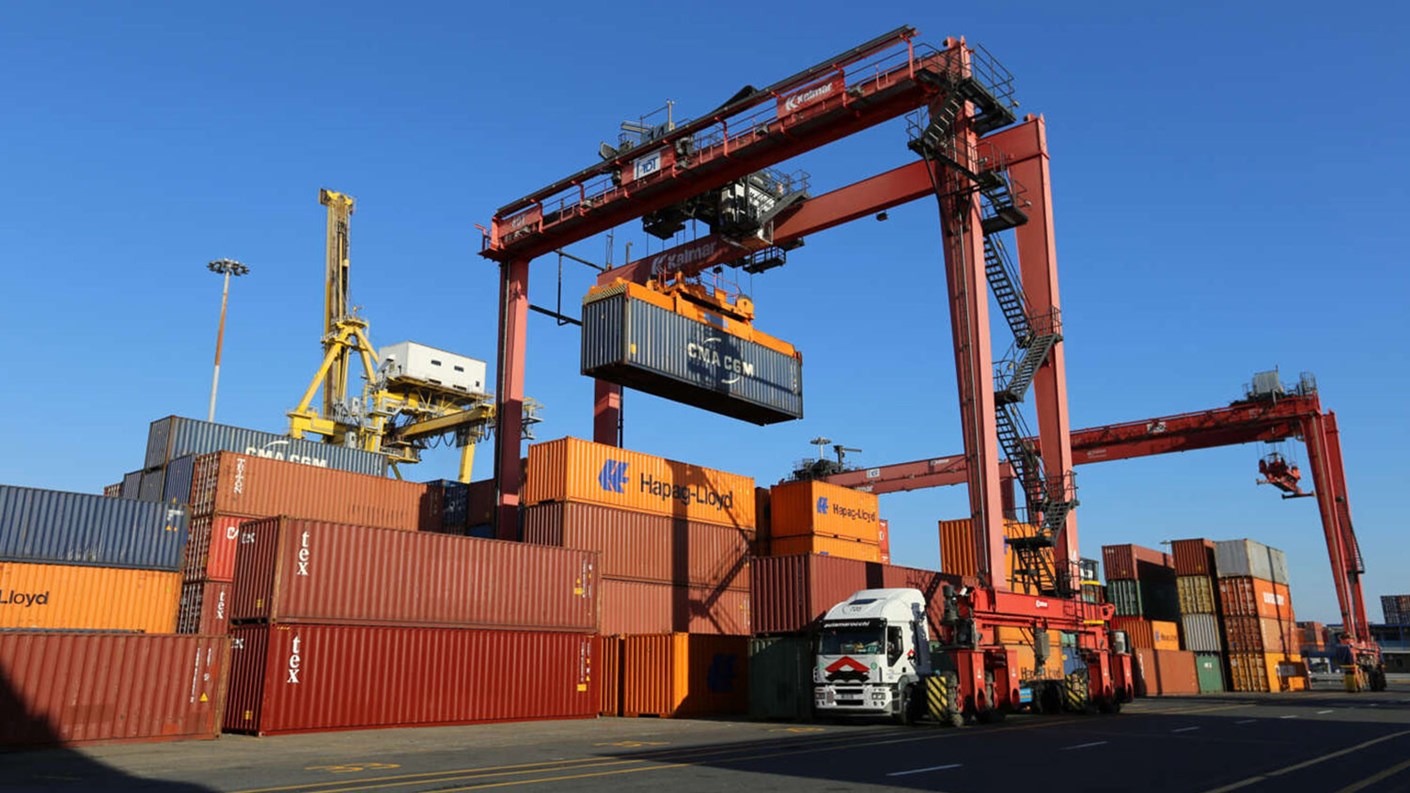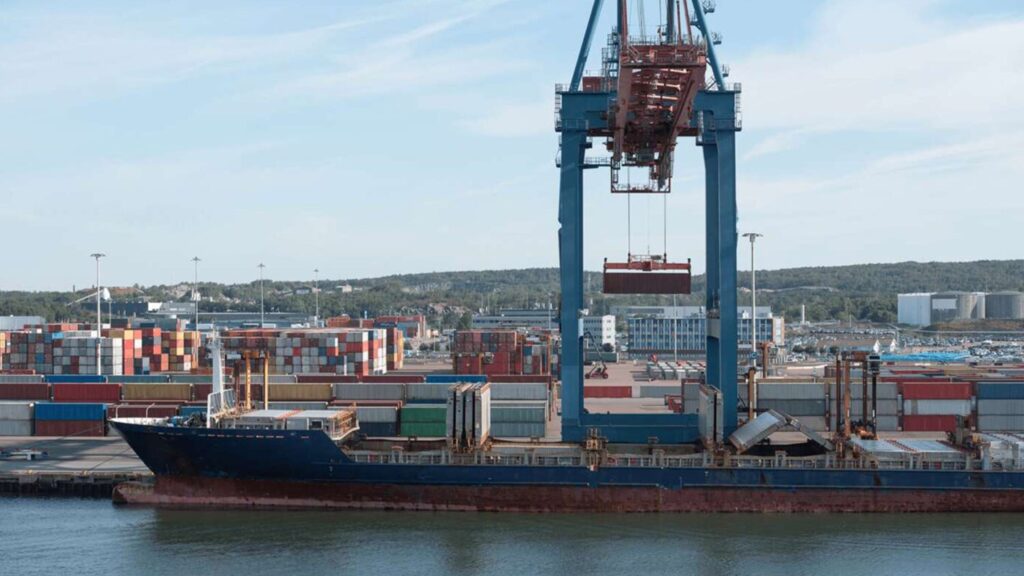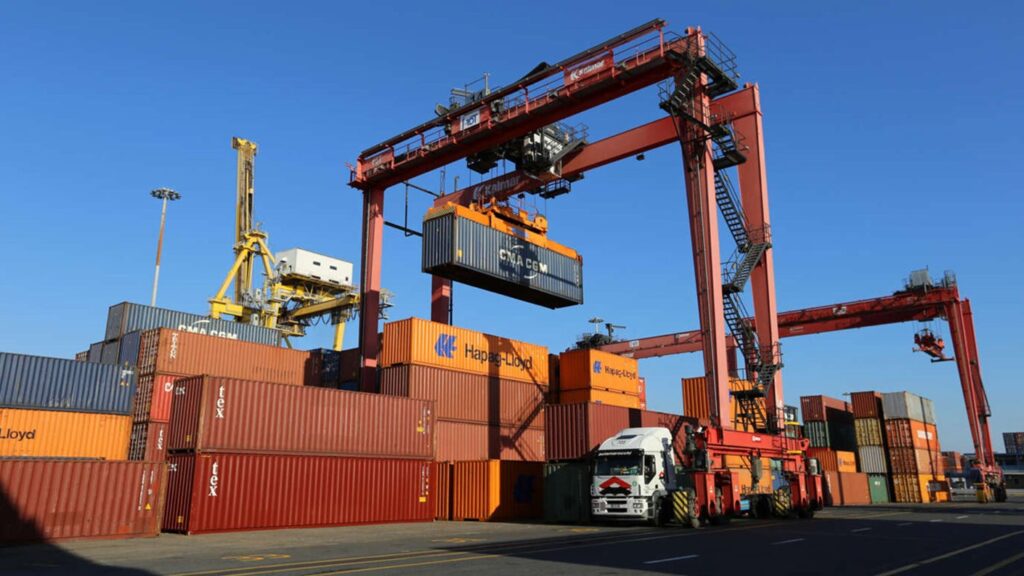
In a recently published report, Ericsson explores the latest facts and figures of the award-winning 5G Port of the Future project, where they have been piloting 5G, virtual and augmented reality (VR/AR). AI use cases at Italy’s Port of Livorno to increase the efficiency and sustainability of logistic operations.

One of the most significant challenges that ports face today is how they can evolve and adapt to become more efficient, competitive, and sustainable. With its low latency, high capacity, and enhanced flexibility, 5G stands to bring unprecedented value to the optimization of ports, delivering a new level of process and operational efficiency that can significantly reduce costs, lower environmental impact, and boost economic value.
Their journey to help make this potential become a reality began back in 2016 when together with the Italian Interuniversity Consortium for Telecommunications (CNIT), their Ericsson Research team in Italy started to the first developments of their Port of the Future use cases. That allowed setting the stage for one of the largest seaports in the Mediterranean Sea to become a testbed for the assessment and verification of new 5G innovative solutions, including those related to the United Nations’ Sustainable Development Goals (SDGs).
Since then, Ericsson has been leveraging enhanced connectivity at the Port of Livorno to carry out several leading-edge use cases. In the recently published Port of the Future report, they explore the outcome of these activities as well as how technology innovation can optimize port operations and produce real economic and sustainability value.
For the ongoing success and impact it has achieved, the 5G Port of the Future project was recently named the winner of the Industrial Energy Efficiency Award at this year’s Hannover Messe Digital Days, which ran from July 14 to 15.
In line with its mission to create a more intelligent, sustainable, and connected world, Ericsson continues to contribute to the United Nations’ 17 SDGs actively. The 17 SDGs seek to enhance financial and social inclusion, help to overcome global environmental challenges, improve access to education and health, and support humanitarian efforts — and since the beginning of their involvement, they’ve applied this approach to their development efforts at the Port of Livorno.
Making environmental impact
Thus far, they’ve successfully leveraged 5G technologies to enhance the exchange of real-time information among actors in the Port’s terminal process. This activity can lead to a reduction in movements during cargo handling. This reduction can significantly optimize the process overall, lowering fuel consumption as well as associated CO2 emissions. The potential impact is enormous, reducing those emissions for one terminal operation by 8.2 percent and contributing to a reduction in overall emissions to meet the ambitions committed within SDG 13 (Climate Action). But SDG 13 isn’t the only target the implementation of 5G can meet.
Our results indicate that 5G connectivity can generate 65 direct and indirect SDG-linked benefits for port systems. These benefits include an increase in competitiveness and efficiency, increased safety for personnel, better management of responsible business in logistics, and strengthened integration relating to smart ports for smart cities.
5G ports provide economic value
Beyond critical environmental factors such as climate, the Port of the Future project has also yielded numerous economic benefits, including reduced operational costs, fuel consumption, and machine working hours, as well as increased operation speed rates (thanks to the improved processes).
Today, 5G is currently being tested to speed up data exchanges between actors involved in terminal operations. It has IoT, augmented reality/virtual reality (AR/VR), and AI-based systems all set to leverage to enable the innovative new use cases that require lower latency, increased reliability, and higher capacity.
The deployment of 5G for Livorno’s port terminals and land operations will also enable massive real-time data collection and analytics. It will increase intelligent automation and laying the groundwork for better coordination between humans and devices (with augmented reality, video cameras, forklifts, trucks, and sensors — the list goes on, all working together).
It’s exhilarating to recognize the potential. All in all, Ericsson is talking about reduced costs and greater efficiency.
Here’s a glimpse of what Ericsson has estimated for the Port of Livorno:
- EUR 2.5 million savings per year (through optimized vessel berthing)
- 25 percent improvement in productivity (through 5G remote-controlled gantry and quay cranes)
These figures alone highlight the immense potential benefits of 5G if deployed at scale in the ports of Europe, not to mention the world itself.
Transformation enables additional value.

What’s more, SDG 8 (Decent Work and Economic Growth), SDG 9 (Industry, Innovation, and Infrastructure), SDG 11 (Sustainable Cities and Communities), SDG 12 (Responsible Consumption and Production), and SDG 13 (Climate Action) will all be directly influenced by the 5G-enabled transformation they’re driving at the Port with their partners. That should result in increased value from environmental, economic, and societal perspectives — the triple bottom line of sustainable development.
This outcome speaks volumes to their ongoing collaboration, and by sharing their results, they aim to inspire other ports in Italy, Europe, and beyond when it comes to enabling the positive effects of 5G for sustainable development. They hope that these results serve as a foundation for business scenarios and replicability analyses in other ports and transport hubs around the world.
5G connectivity for the Port of the Future
The Port of the Future pilot has shown that enhanced 5G connectivity can help us adapt traditional port business and operations models to be more cost-effective and environmentally sustainable. 5G and digital technologies are streamlining how ports manage their processes and cargo flows in favor of green transport modes.
With 5G, Ericsson moves technological boundaries forward, creating the most significant innovation platform ever. With new enterprise services and use cases for the digitalization of industries, business opportunities across all sectors will most certainly be created.
5G is not just another “G” — it’s a platform for innovation capable of exponential positive impact on our societies and economies; our environment and people.
With that, I encourage you to read the Port of the Future report to find out more about what they’ve been doing at the Port of Livorno as well as what’s possible next.
Information from Ericsson.com blog.
